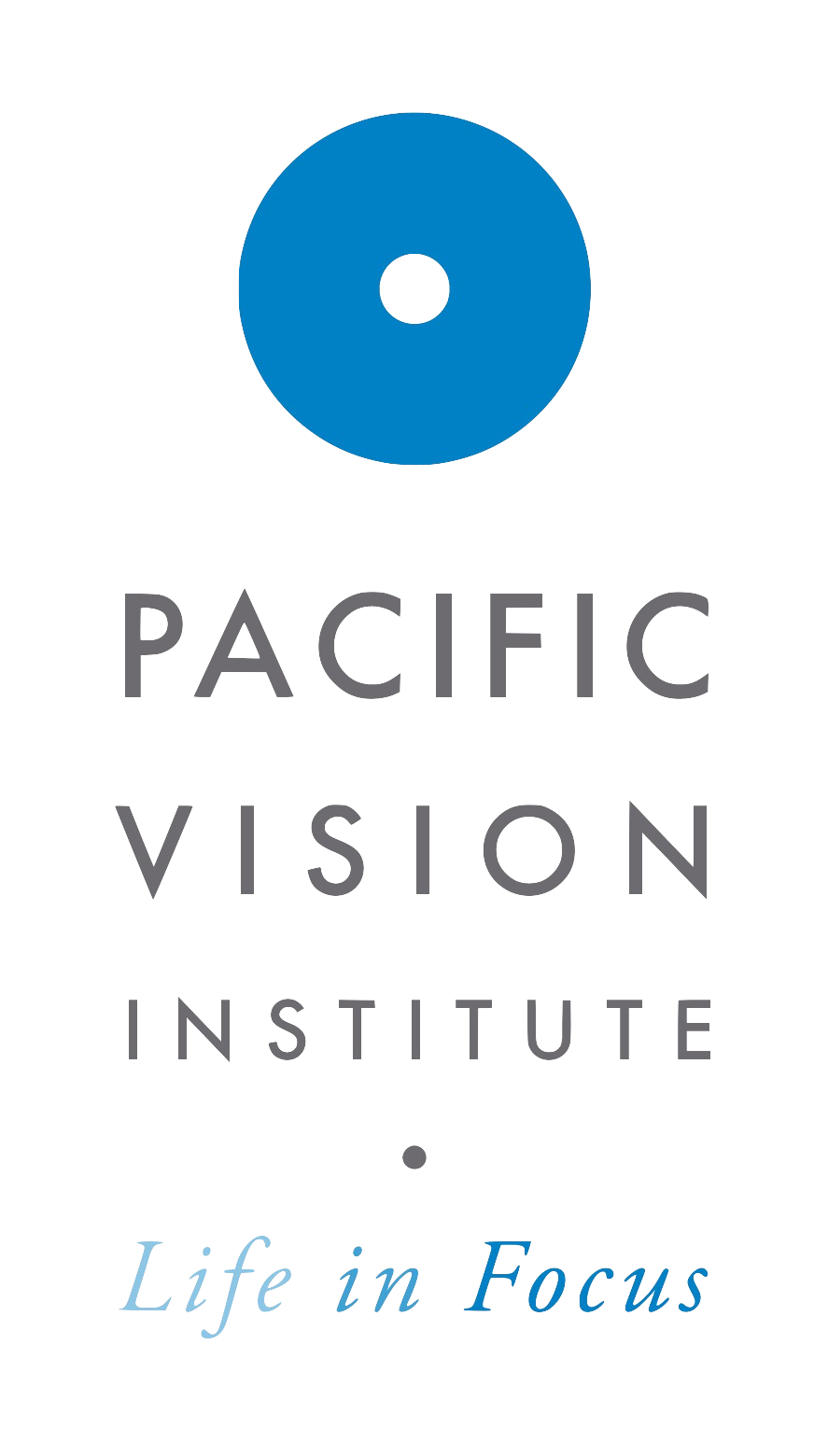Top 6 Frequently Asked Questions About LASIK Surgery
LASIK eye surgery has been steadily gaining popularity as a vision correction procedure that achieves excellent results. Relatively low-risk, affordable and with short recovery time, more and more Americans are opting for LASIK surgery to correct nearsightedness, far-sightedness, and astigmatisms. We offer answers to the top six questions we hear about LASIK surgery.
What are the expected results?
Millions of Americans have undergone LASIK to improve their vision, and the results speak for themselves. With most people achieving 20/25 vision or better, LASIK can significantly reduce your need for glasses or contacts. You may wind up not needing them at all anymore. That being said, results will vary depending on the state of your eyesight before the procedure.
LASIK corrects refractive errors, which is when the shape of your eye makes it difficult to focus light accurately onto the retina. Examples of refractive errors include nearsightedness, farsightedness, and astigmatism. The best results can be achieved on people with low or moderate-level degrees of refractive error.

Are there any blades involved?
This depends on the specific procedure that your eye surgeon recommends for you based on your unique vision problems. LASIK surgery always involves penetration of the eye’s surface, as the shape of the cornea is altered during the procedure. In older methods, a surgical blade is used, but advanced laser technology is now available for custom LASIK surgery.
Your surgery can be customized to perfectly match your eye shape and condition, with computer-guided LASIK. This advanced technique is performed with an IntraLase femtosecond laser, instead of a precision flap-making instrument (microkeratome), to create the corneal flap, and is an all-laser LASIK surgery.
What are the risks?
LASIK surgery has very high success rates, and serious complications are extremely rare. Everyone responds differently, but there are specific common side effects during recovery. You may experience some discomfort, blurry vision, light sensitivity and tearing right after your procedure. Due to increased tear production, dry eye syndrome is common after LASIK surgery. In some cases, one eye will heal faster than the other. Your eye doctor may be able to help with recommendations to relieve any symptoms you may have.
Can you go blind from LASIK?
While complications are always a risk with any surgery, blindness as a side effect is exceptionally rare. Possible complications include worsened vision, vision that has not been corrected, or vision changes. Such adverse reactions can almost always be addressed and corrected. If you do experience any side effects or complications, our eye surgeon will help you treat these in follow-up appointments.
How long is the recovery process?
Recovery is not long. If your eyes are healing correctly, you should be able to go back to your regular activities within a few days after your operation. You will have a follow-up appointment with your eye surgeon at Pacific Vision Institute a day or two after your procedure to ensure everything is healing as it should. Your doctor will let you know if you are ready to start working and driving again. While your eyes are improving, activities that might put you at risk of eye injury should be avoided. It usually takes two to three months for your eyes to fully recover and for your vision to stabilize.
Are there any medical conditions that would prevent me from being a candidate?
If you have certain medical conditions, risks associated with LASIK surgery can be increased. Your doctor may not recommend LASIK if you have an autoimmune disorder, a weakened immune system, diabetes, or certain eye disorders. We will thoroughly review your medical history and any medical conditions that you have, as well as any medications you take to ensure this procedure is safe to perform.
